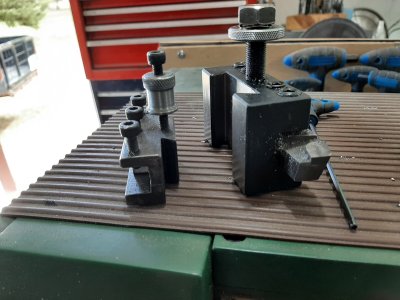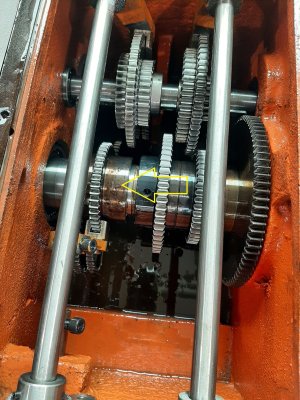I don't recall how much counterweight I have in there. It has been years since I built it. Now that I type, I think my counterweight was some old leaf springs, whatever would fit in the 4" tubing. No where near what the plans called for but I thought I would try it and have not looked at it since. Seems to work. It does lift very well for its size. If the object was not so valuable, I would have been a little more carefree with it but I wanted to just lift it off of the pallets and bring it to the end of the trailer. If need be, I would have put it on the ground or even onto the bench but that would mean working in the exhaust in the garage and a bit of juggling. I was by myself at the time so did not go too high. Dan was not available till later.
For those interested, the plans are the CADplans 821
For those interested, the plans are the CADplans 821


